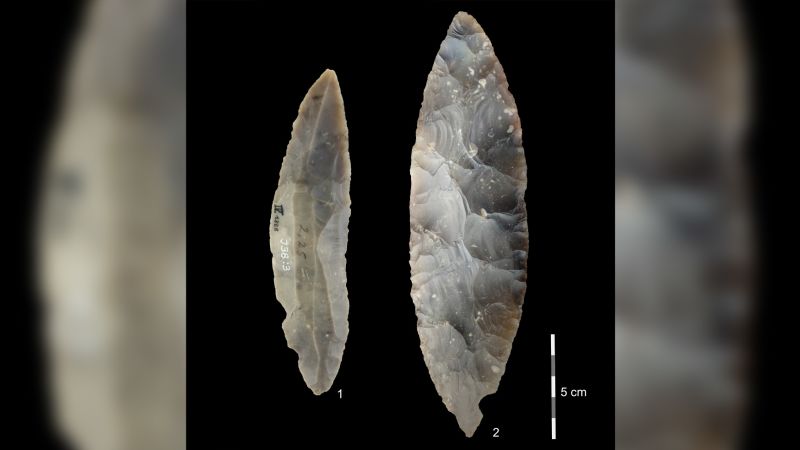
Northern Europe
Northern Europe is a loosely defined geographical and cultural region in Europe. Narrower definitions may describe Northern Europe as being roughly north of the southern coast of the Baltic Sea, which is about 54°N, or may be based on other geographical factors such as climate and ecology. A broader definition would include the area of Europe north of the Alps. Historically, when Europe was dominated by the Roman Empire, everything not near the Mediterranean region was termed Northern European, including southern Germany, all of the Low Countries, and Austria. This meaning is still used today in some contexts, for example, discussions of the Northern Renaissance. During the Early Middle Ages, the Roman Catholic Church expanded into Northern Europe and spread Christianity among the Germanic peoples. Christianity reached the Vikings and other Scandinavians in later centuries.




